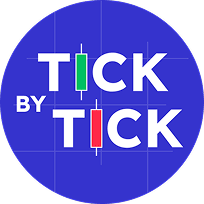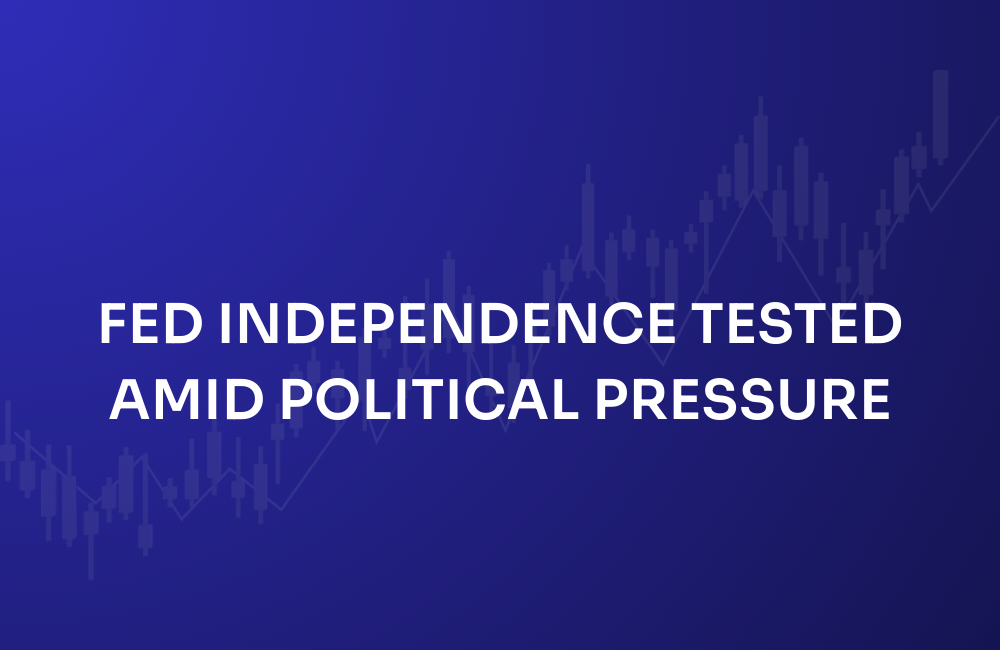
Subscribe to our free
💌 Stay ahead with AI and receive:
✅ Access our Free Community and join 400K+ professionals learning AI
✅ 35% Discount for ChatNode
.png)

Gold just hit $4,379 per ounce—its 45th all-time high of 2025. The chart tells a remarkable story: from relative stability around $2,000 in 2021-2022 to a parabolic surge that's seen gold nearly double in less than two years. This isn't just another commodity rally. It's a signal about the state of global markets, currency confidence, and investor psychology that demands attention. Here's what you need to know.
The Numbers Behind the Rally
Gold has surged approximately 60% year-to-date, climbing from around $2,670 at the start of January 2025 to over $4,300 by mid-October. The move from $3,500 to $4,000 took just 36 days—compared to an average of 1,036 days between prior $500 incremental milestones.This marks gold's strongest performance in a calendar year since 1979. The World Gold Council reports this is the 45th new all-time high for 2025 as of October 8, when gold first crossed $4,000. By October 17, it peaked at $4,379.The pace is extraordinary. Gold climbed 50% in the first nine months of 2025 alone, vastly outpacing the 30% gain it posted for all of 2024. Looking at the weekly chart, the rally shows consistent higher lows and accelerating momentum, particularly since mid-2024.
What's Driving the Surge:
- Geopolitical Uncertainty- Ongoing conflicts in Eastern Europe and the Middle East, renewed U.S.-China trade tensions escalating into threatened 100% tariffs, the two-week U.S. government shutdown with no resolution in sight, and political instability in France have all driven safe-haven demand.
- Dollar Weakness- The U.S. Dollar Index is down 9.4% year-to-date as of October 16. A weaker dollar makes gold cheaper in other currencies, boosting international demand. This ties into broader de-dollarization trends where countries reduce reliance on the dollar in trade and reserves.
- Central Bank Buying- Central banks have been aggressive buyers, adding legitimacy to gold as a reserve asset. This institutional demand provides a floor under prices and reinforces the positive narrative around gold's role in monetary systems.
- ETF Inflows- Global gold ETFs recorded their largest monthly inflow in September, resulting in the strongest quarter on record at $26 billion. Year-to-date inflows total $67 billion. Physically-backed gold ETFs have added 634 tonnes, with holdings just 2% below their 2020 peak.
- The Consumer Demand Collapse- Here's the most revealing aspect of this rally: consumer gold purchases have collapsed even as prices soared. Gold jewelry demand fell 14% in Q2 2025, reaching its lowest point since Q3 2020. In Q1, jewelry demand declined 21% year-over-year by volume. By Q2, volumes had retreated almost back to pandemic levels.
The Bottom Line
Gold's surge to $4,300+ isn't just about Trump's tariffs or the government shutdown—those are catalysts, not causes. The underlying driver is a loss of confidence in the stability of traditional financial systems and currencies among institutional players and central banks. The consumer demand collapse tells the real story. While individual buyers are priced out of jewelry purchases and retail investors stay cautious, central banks bought 244 tonnes in Q1 alone, ETFs added $67 billion year-to-date, and high-net-worth investors have nearly doubled their gold allocations. This is institutional capital repositioning, not retail speculation.
About
Tick by Tick is the weekly newsletter that helps you understand the market, not just the headlines.


Recommended
.png)


.svg)




.svg)














.png)
.png)

.png)

.png)

.png)



.png)
.png)

.png)
.png)



.png)



.png)
.png)
.png)
.jpg)


.png)
.png)

.png)

.png)
